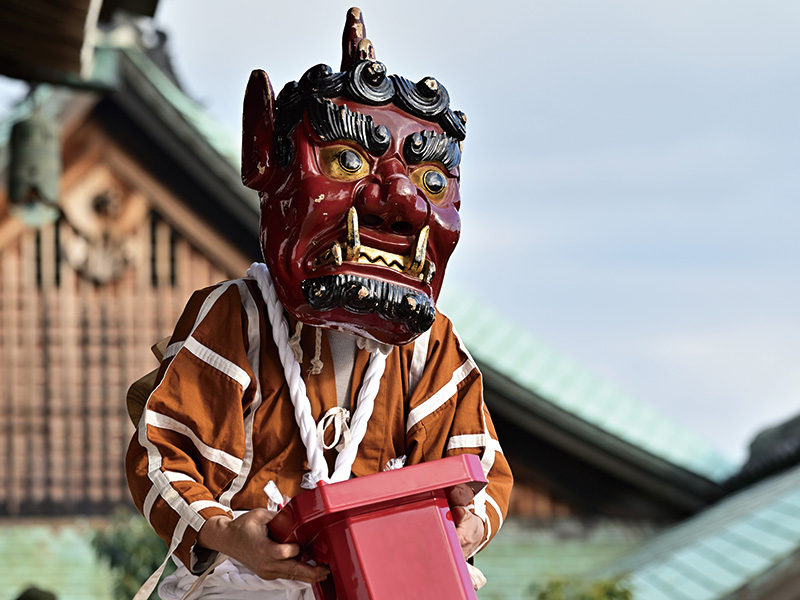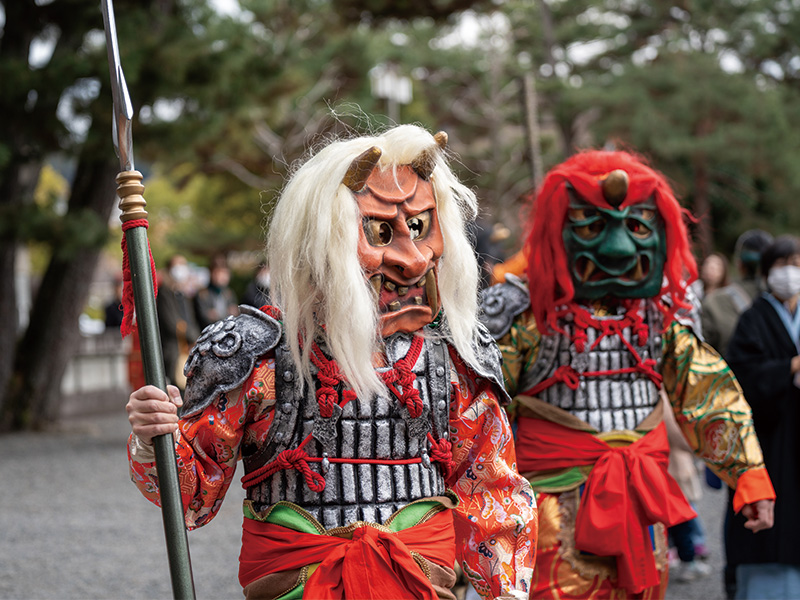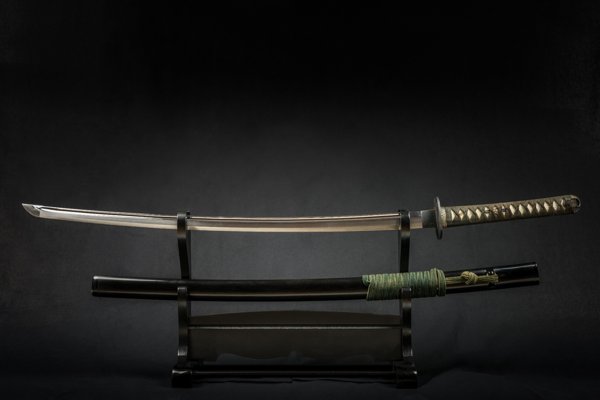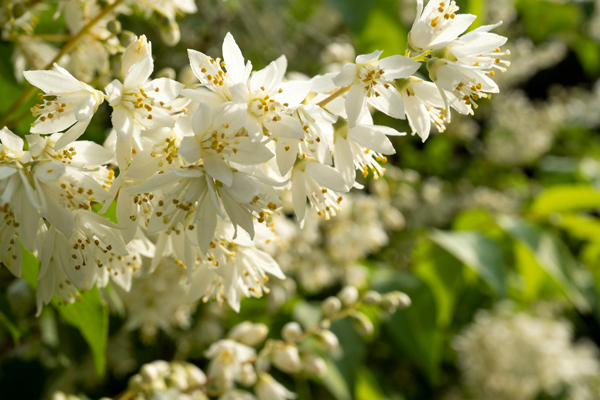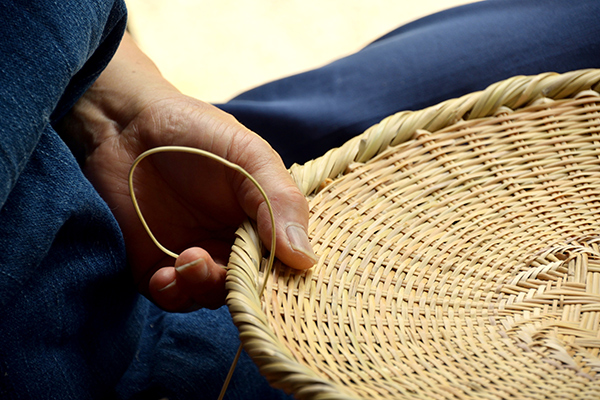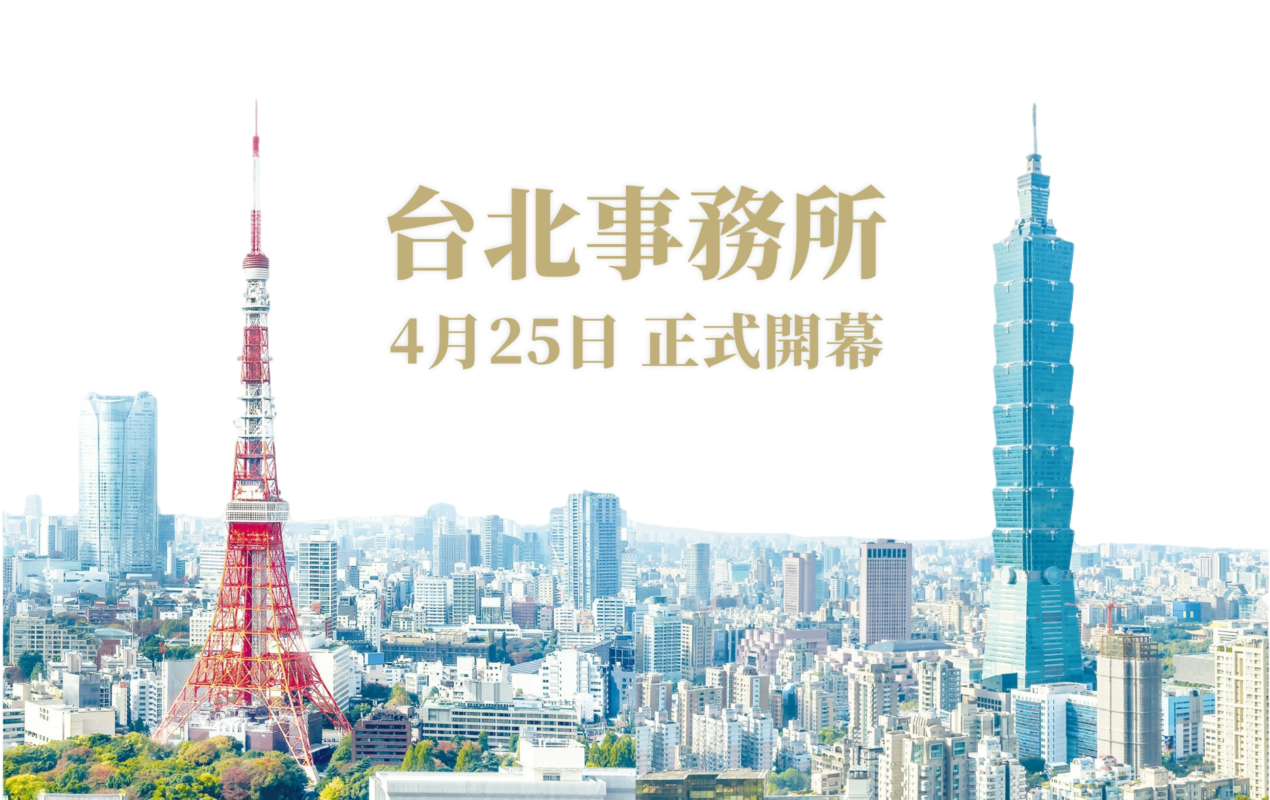1. Are Oni Unique to Japan?
In Part 1, we explored the reasons for the abundance of place names containing "Oni" in Japan from historical, geographical, and ethnic perspectives. However, the concept of Oni is not unique to Japan; similar entities exist around the world.
• Western "Ogre": Portrayed as terrifying giants that eat people.
• Chinese "Gui" (鬼): Described as the spirits of the dead or malevolent spirits, which are not physical entities.
• Middle Eastern and Southeast Asian "Jinn" and "Asura": Beings that may threaten humans but are not necessarily evil.
Compared to these, Japanese Oni have diverse roles, such as "enemies to be conquered," "entities worshiped as gods," and "beings that coexist with humans."
The varying backgrounds of Oni legends in different regions are deeply influenced by the history, culture, and environment of those areas. In this part, we will delve into the Oni traditions passed down in various regions of Japan and explore how these legends have been inherited over time.
2. Regional Differences in Oni Legends in Japan
Across Japan, various legends surrounding "Oni" have been preserved. Broadly speaking, these can be categorized into three types:
Oni Defeat Type (Oni = Enemies to be Conquered)
Oni Deification Type (Oni = Guardian Deities of the Region)
Oni Coexistence Type (Oni = Beings that Live Alongside Humans)
Let's take a look at representative legends for each type.
(1) Oni Defeat Type (Oni = Enemies to be Conquered)
In this type of Oni legend, Oni are seen as "things to be subjugated," and stories of heroes defeating them are told. This suggests that Oni may symbolize "foreign peoples to be conquered" or "those who did not obey the court."
① Kyoto Prefecture: The Oni of Oe Mountain (Shuten-doji)
Shuten-doji, said to have lived on Oe Mountain in Kyoto during the Heian period.
The warrior Minamoto no Yorimitsu, acting on the orders of the court, succeeded in defeating the Oni.
This story illustrates the structure of "those who oppose power = Oni."
② Okayama Prefecture: The Legend of Ura (Origin of Momotaro)
A story of Oni defeat that became the basis for the Momotaro legend.
An ethnic group called "Ura," who lived in the Kibi region (now Okayama Prefecture), fought against the court's army but was defeated.
The legend of Ura was passed down as "Oni defeat" and later developed into the Momotaro story.
(2) Oni Deification Type (Oni = Guardian Deities of the Region)
On the other hand, in some regions, Oni are not only seen as evil but also worshiped as gods. This is thought to be because Oni were associated with natural threats like mountains and rivers.
③ Akita Prefecture: Namahage
A traditional event on New Year's Eve where men wearing Oni masks visit homes.
It has aspects of being a "god that admonishes the lazy," serving as a symbol of fear while also being a guardian of the region.
④ Fukui Prefecture: Oni's Claw Marks (Tojinbo)
The cliffs of Tojinbo bear cracks that are said to resemble claw marks left by an Oni.
While they are actually due to erosion, they have been passed down as an Oni legend and have become part of local culture.
Namahage
Oni's Claw Marks
(3) Oni Coexistence Type (Oni = Beings that Live Alongside Humans)
There are also legends that accept Oni not merely as enemies but as part of the community.
⑤ Miyagi Prefecture: Oni-kube Onsen
There is a legend that this is "the place where the head of the Oni was taken."
However, Oni are not viewed as bringers of disaster but are also worshiped as gods that protect the hot springs.
⑥ Tokushima Prefecture: Oni-komono
There is a legend of coexistence between the villagers and Oni, where they worked the fields with the wisdom of the Oni.
Here, Oni are seen not as "disasters" but as "wise beings."
The hot springs and geysers erupting from the ground are said to be the breath of the Oni.
Oni-komono
3. What the Oni Legends in Various Regions of Japan Indicate
The Oni legends are closely related to Japan's historical background and geographical factors.
(1) Oni as a Symbol of Conquest
• The increase in Oni defeat legends after the Heian period is linked to the expansion of the central government.
• Oni were regarded as "things to be subjugated," and those who did not obey the court were passed down as "Oni."
(2) Oni Associated with Nature
• Many Oni legends are related to mountains, rivers, and volcanoes.
• This suggests that Oni symbolize "natural threats."
(3) Oni Change with the Times
• In modern times, Oni are increasingly depicted as friendly characters (such as Namahage and the Oni of Setsubun).
• Beyond "Oni wa soto, fuku wa uchi" (Oni out, fortune in), there are also shrines that worship Oni as gods.
Setsubun
4. Summary: Oni Legends Reflect the History of the Region
The legends of Oni are widespread across Japan, told in different forms in each region. There may also be Oni-related legends in your own area.
Exploring the Oni legends throughout various regions of Japan can lead to new discoveries.


